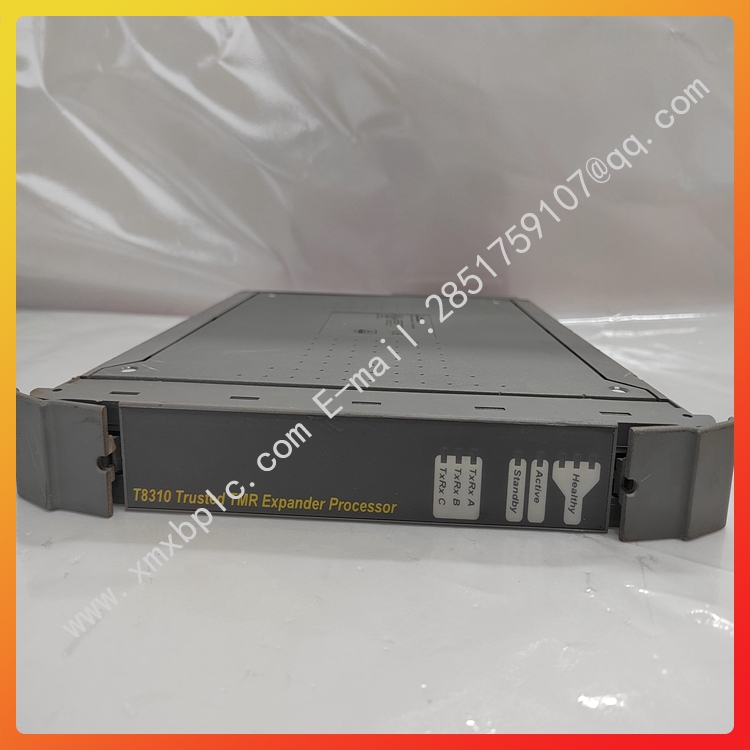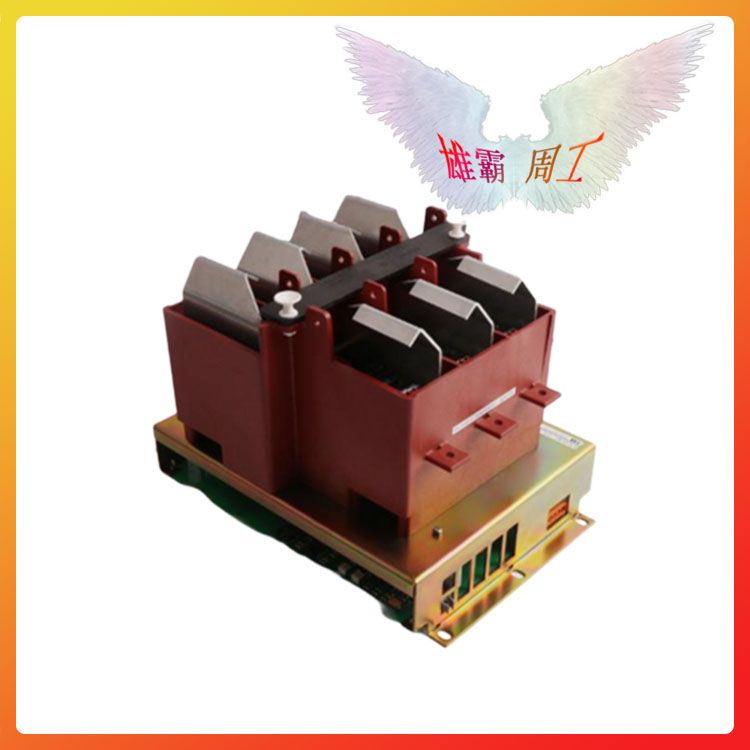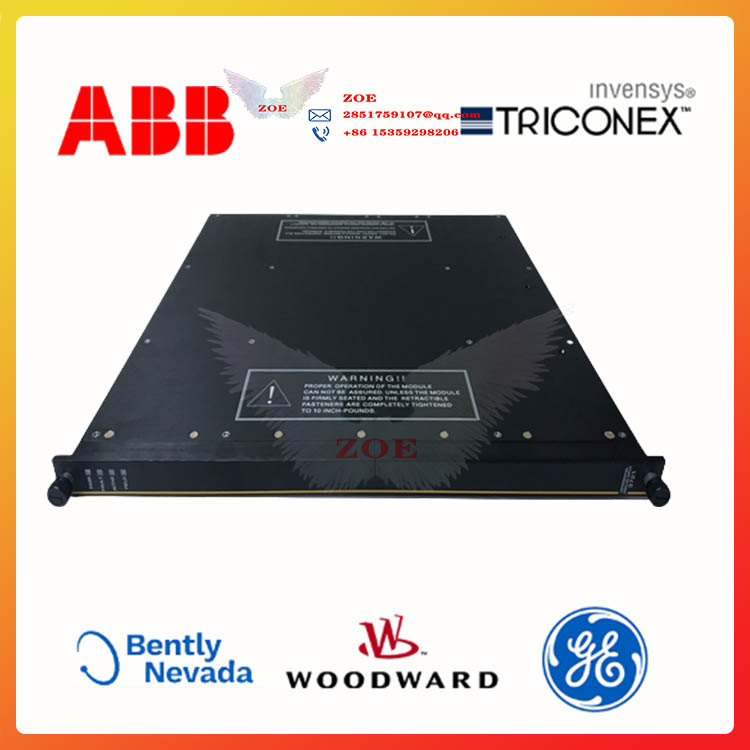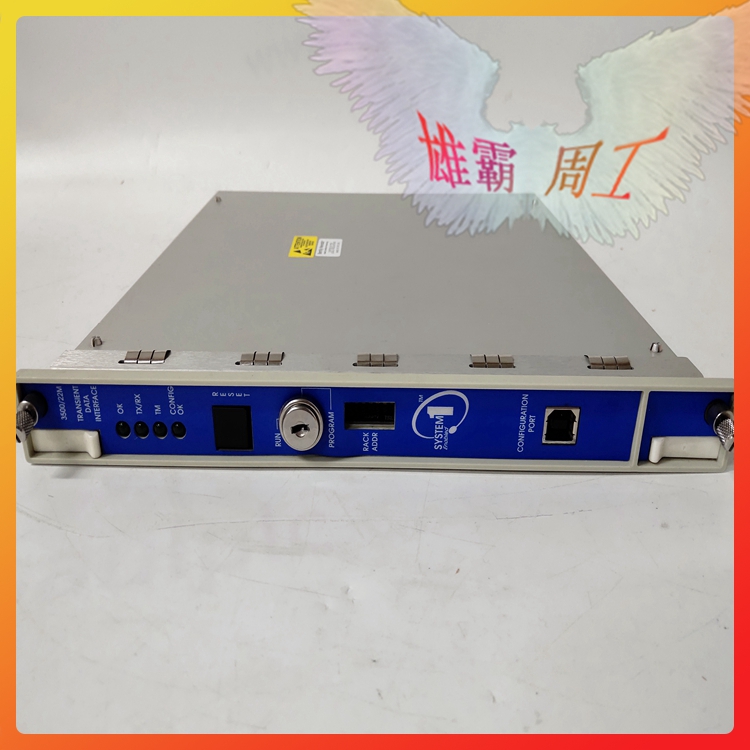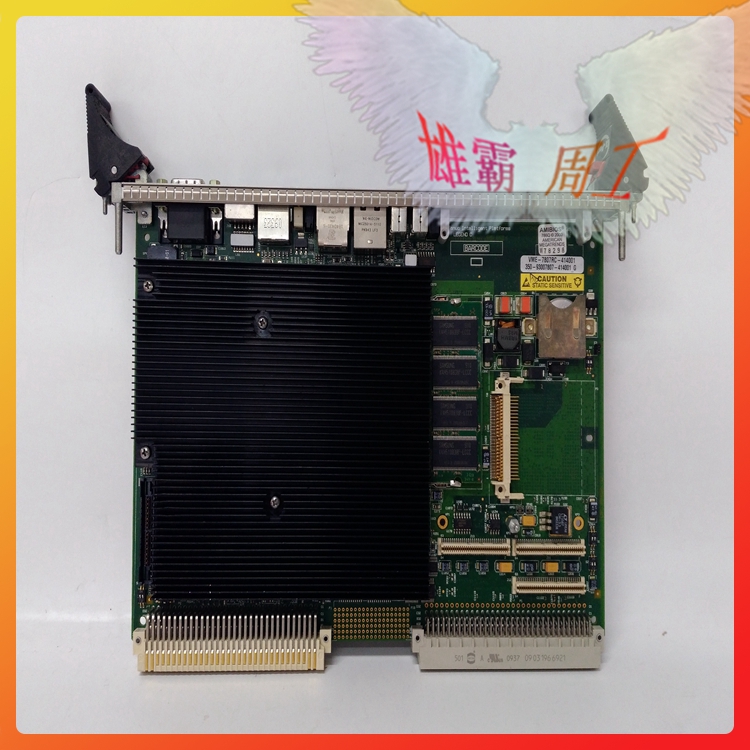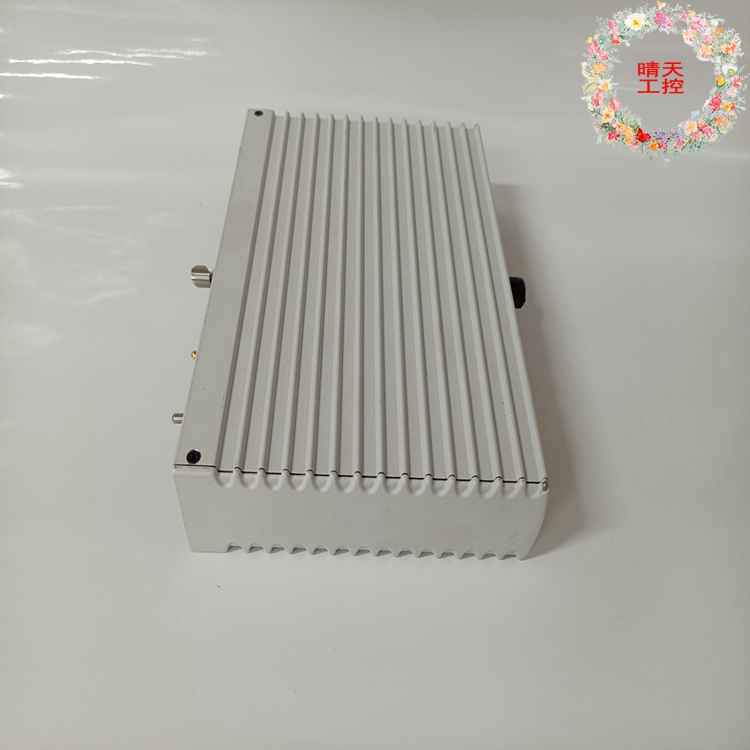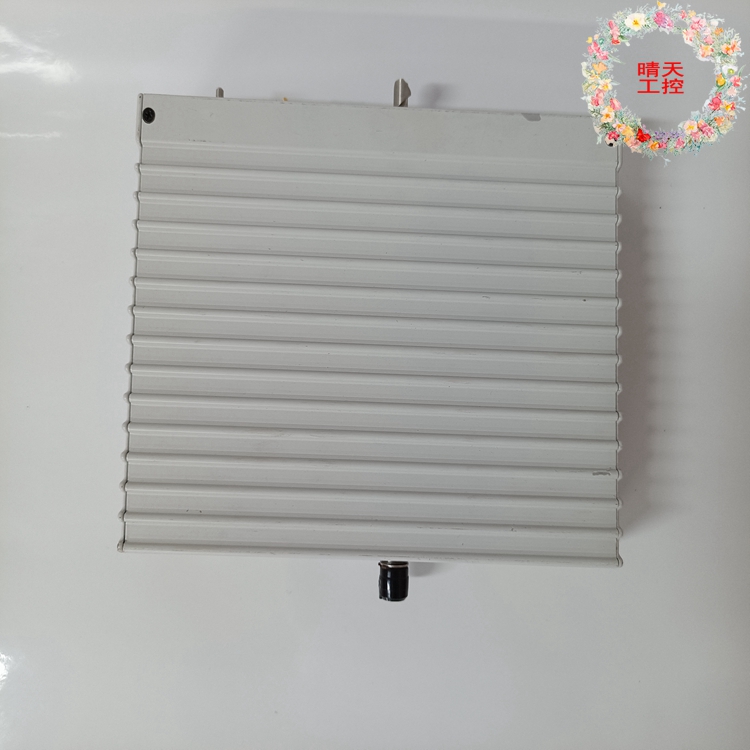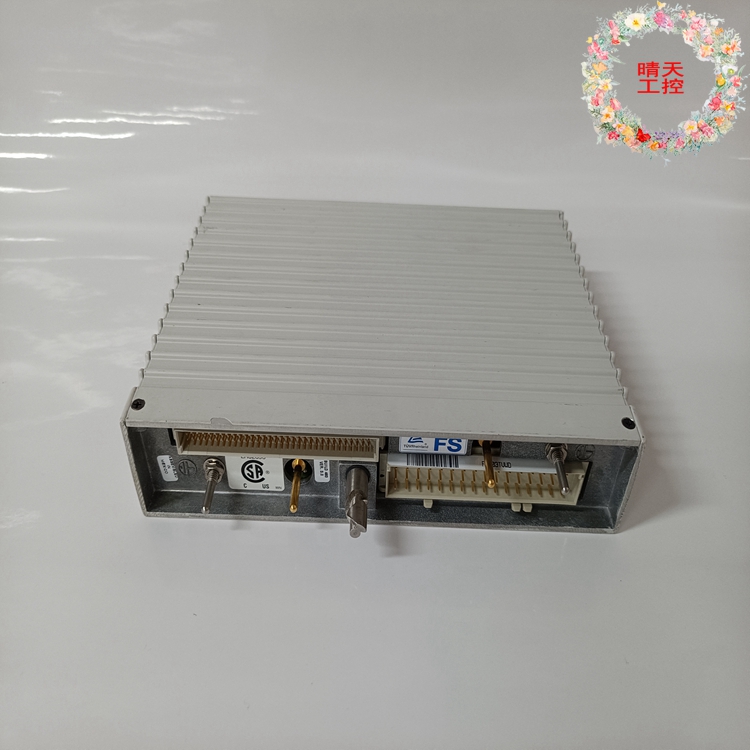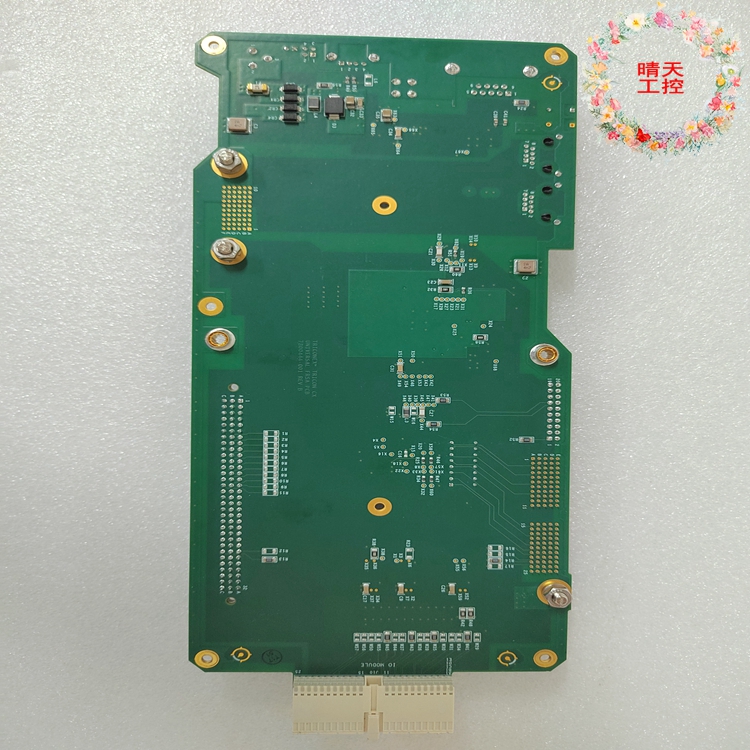TRICONEX JWA600-24 Invensys SIS Module Communication control module for redundant systems
The brand TRICONEX color standard applies industrial height 321mm rated current 476mA
Protection level IP45 ADAPTS to motor power 123KW Applicable Site Power Industry Material Code GJR2391500R1220 Power industry HIEE401782R0001 Part Number JWA600-24
Applicable pipe 2 Whether imported is weighing 3.65 kg can be sold nationwide
TRICONEX JWA600-24 Invensys SIS Module Communication control module for redundant systems
As digital devices, all cpus deal with discontinuous states, so some basic device is needed to transform and distinguish between these states. Before transistors were accepted by the market, relays and vacuum tubes were commonly used for these purposes. Although these materials are far faster than purely mechanical constructions, they have many unreliable features. For example, building a DC sequential logic loop with relays requires additional hardware to deal with contact jitter problems. Vacuum tubes do not have contact point run-out problems, but they must be preheated before use and must also stop operating at the same time [note 2]. Usually when a vacuum tube fails, the CPU must find the damaged device to replace the new tube. As a result, early electronic vacuum tube computers were faster than electronic relay computers, but they were difficult to maintain. While vacuum tube computers like EDVAC broke down every eight hours, the slower, earlier Mark I was less prone to breakdowns. [2] In the end, however, vacuum tube computers dominated the computing world because of their speed, although they required more maintenance care. Most early synchronous cpus had lower clock rates than more recent microelectronics designs (see discussion of clock rates below). Common clock frequencies at that time ranged from 100,000 Hz to 4 million Hz, largely limited by the speed of the built-in switching device.
![]()
TRICONEX JWA600-24 Invensys SIS Module Communication control module for redundant systems
TRICONEX 4101
TRICONEX 4107
TRICONEX 4118
TRICONEX 4119
TRICONEX 4119A
TRICONEX 4210
TRICONEX 4211
TRICONEX 4328
TRICONEX 4329
TRICONEX 4351B
TRICONEX 4352AN
TRICONEX 4352B
TRICONEX 4400
TRICONEX 4500
TRICONEX 4507
TRICONEX 4508
TRICONEX 4609
TRICONEX 7400206-100
TRICONEX 7400212-100
TRICONEX 7400213-100
TRICONEX 8105N
TRICONEX 8110
TRICONEX 8112
TRICONEX 8310N2
TRICONEX 8311N
TRICONEX 8312
TRICONEX 8609-396-7113755

